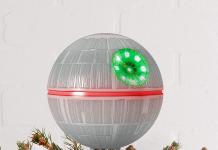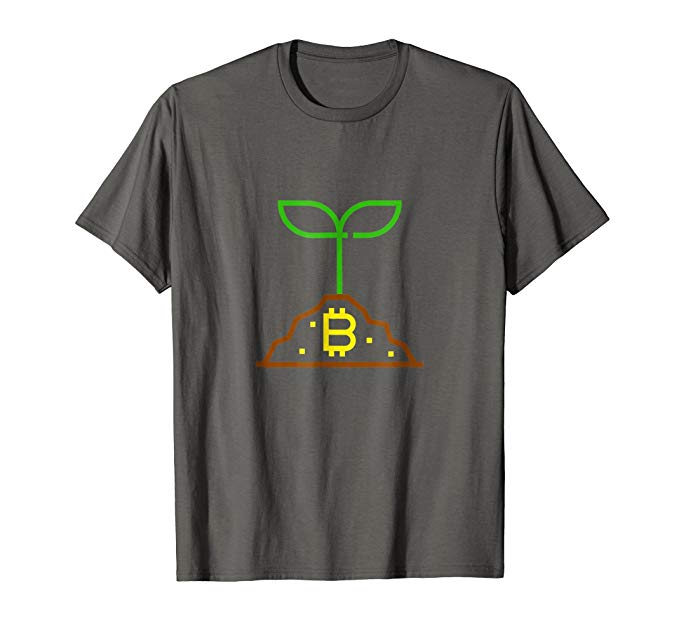Technology has made it possible to access loads of information within a very short span of time. In fact the volume of information available exceeds the rate at which any human brain can absorb. Yet every one of us makes the optimum effort to grasp as much as possible. But what happens to those people who are physically impaired, especially visually disabled. They might be having everything right in front of them and yet be unable to use it. They need help at regular intervals which does leave them with a feeling of helplessness at times. In the supermarket they might want to purchase a certain product but without anyone explaining about the options available they will not be able to make a decision.

Time is changing and this might not be the case anymore. Every visually impaired will be able to derive information of the displayed products and purchase the one he wants without any one being there to explain every product. This will be made possible with the Finger Reader designed by Hansub Lee.
Understanding the needs of the visually impaired, Lee has come up with a remarkable device that will help them make their purchases on their own with a complete knowledge of the product they choose. The device is called the Finger Reader and as the name goes the finger acts as a reading tool. There are two parts to this device, one that fits on to the finger while the other that is placed in the ear. Both devices are connected wirelessly via Bluetooth.
Functioning of the Finger Reader is fairly simple as Bluetooth technology is a well known one now and can be found in many devices and gadgets these days. The reader on the finger is made of an elastic material that can adjust according to finger size. On one end of the reader there is a bar code scanner which helps gather all the information available in the bar code. All that the user has to do is touch the bar code with his finger reader. The rest of the job is done by the reader leaving the user more knowledgeable about his purchase.
The bar code, as we all know is a storehouse of information and once the reader deciphers the information in it, the code sends it to the voice receiver which plays it to the user in audio form.
The Finger Reader has a small hole in it through which a string can be passed through to suspend the device from the neck. After all no one would like to misplace it and not find it when needed. This promising design from Lee will be changing the lives of the visually impaired whenever it turns into reality, which it definitely should.
For those who wish to learn more about similar stuff, go through Virtual Cane and Wheelchair Design.










